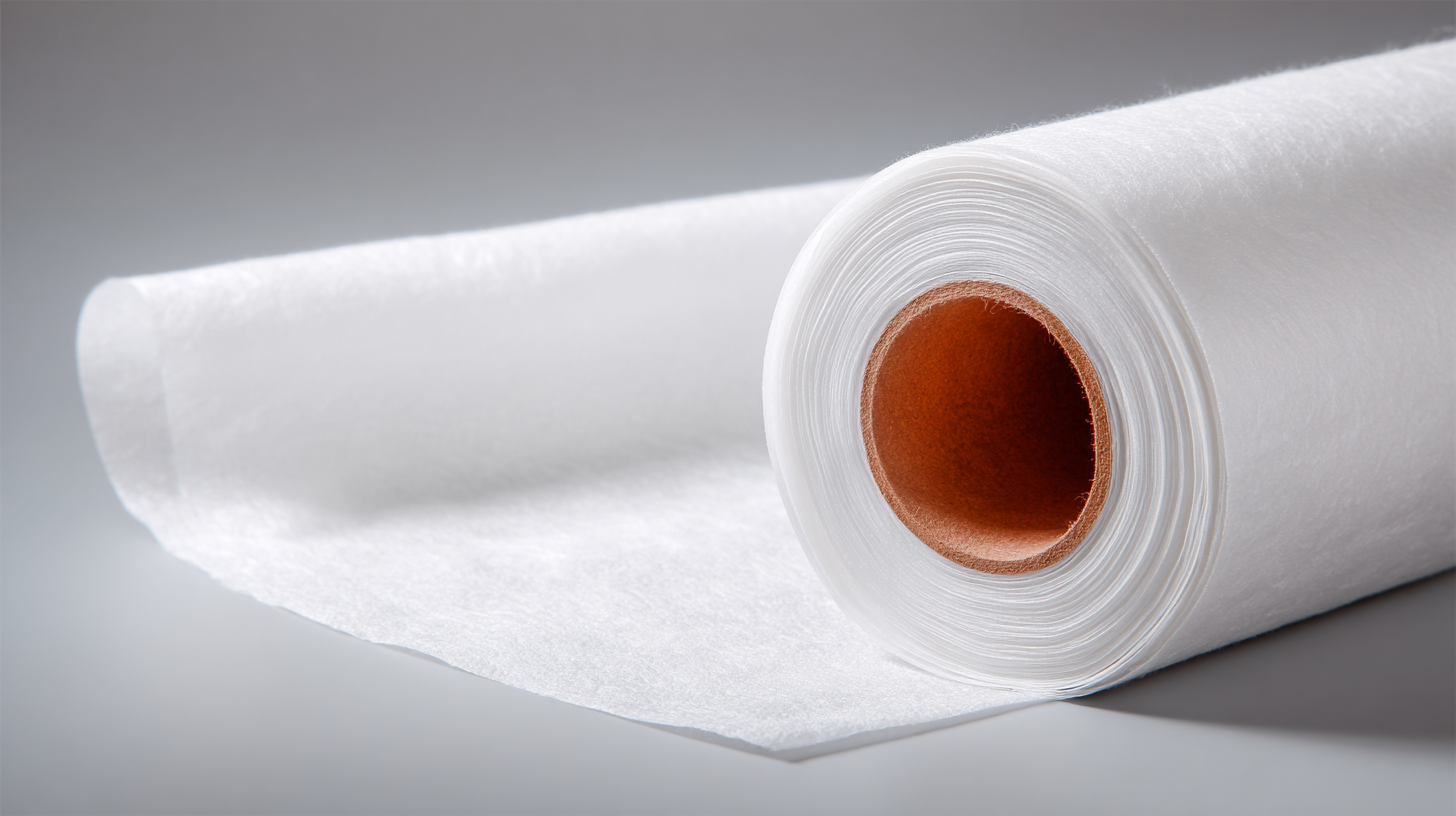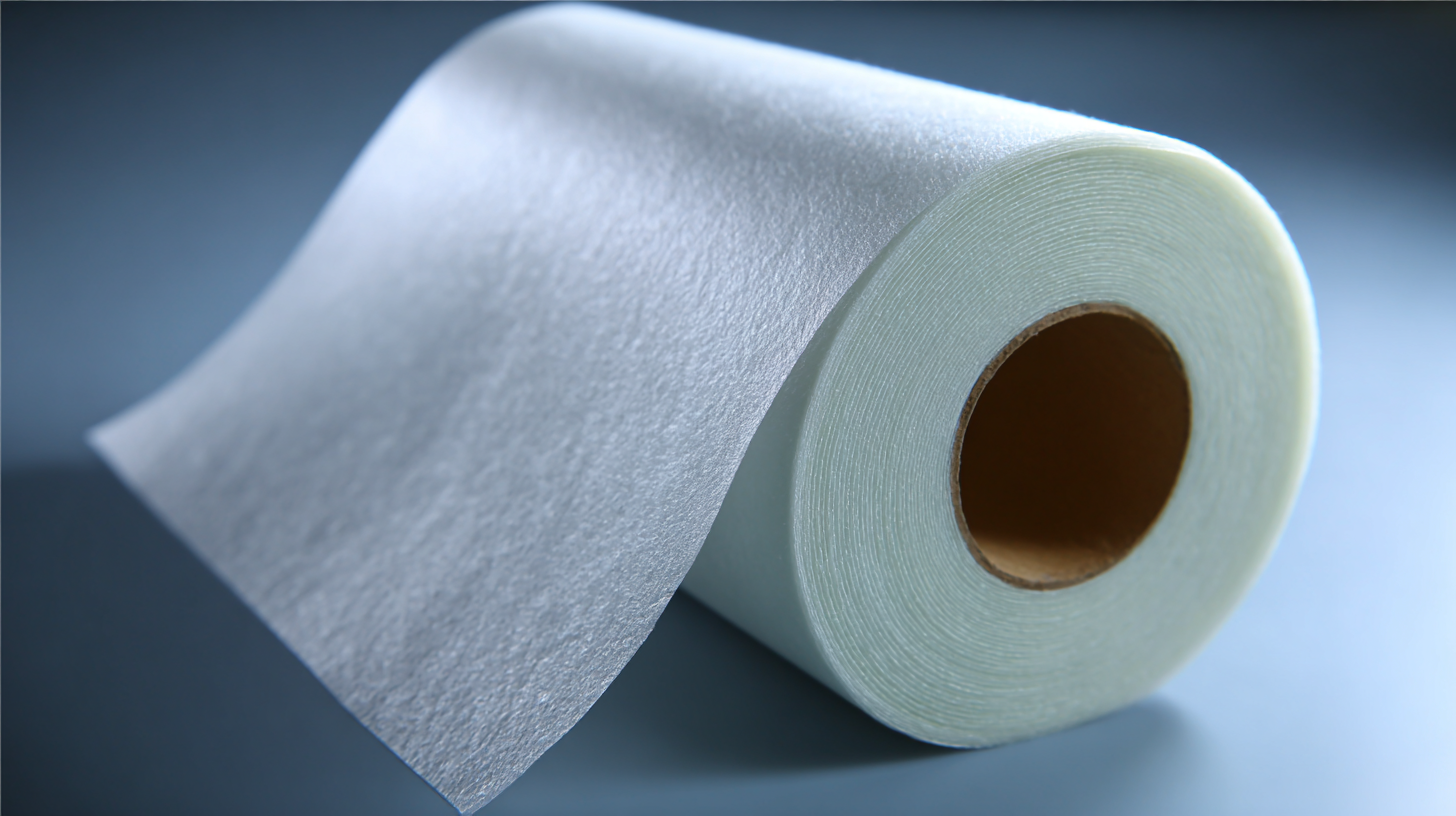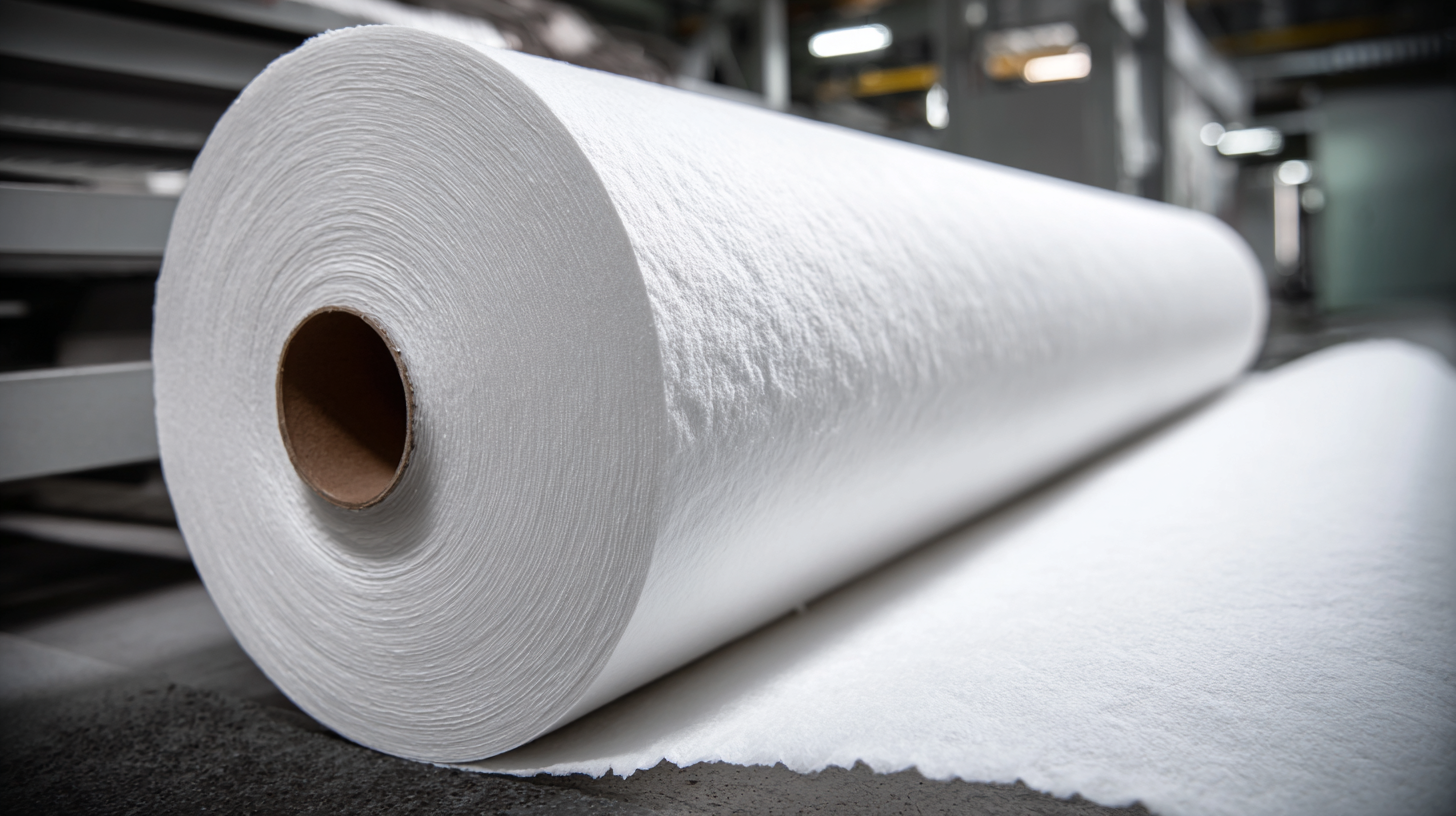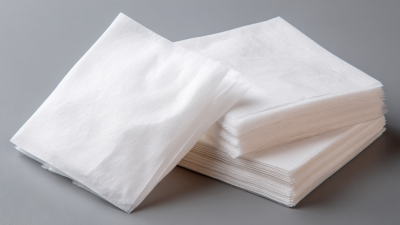
Leave Your Message
-
 CONTACT WhatsApp
CONTACT WhatsApp -

-

-
 CONTACT NUMBER
CONTACT NUMBER -
 CONTACT EMAIL
CONTACT EMAIL





In the evolving landscape of food packaging and safety, the choice of Food Grade Nonwoven Fabric has become paramount for manufacturers aiming to adhere to industry standards and ensure consumer protection. Recent reports indicate that the global nonwoven fabric market is projected to reach approximately $50 billion by 2025, with a significant surge in demand for food-safe materials, driven by increasing regulatory scrutiny and consumer awareness regarding food safety. Various industry guidelines, such as those from the FDA and FSSC 22000, emphasize the need for nonwoven fabrics to meet rigorous safety parameters, including material composition and contaminants testing. This underscores the importance of selecting high-quality Food Grade Nonwoven Fabric, as it not only protects the integrity of the food products but also plays a crucial role in enhancing brand reputation and compliance in an increasingly regulated market.

When selecting food grade nonwoven fabrics, it's crucial to understand their essential characteristics to ensure safety and compliance with industry standards. Food grade nonwoven fabrics are designed for applications that come into direct contact with food products; hence, they must meet specific regulatory requirements. According to a report by the American Society for Testing and Materials (ASTM), key characteristics include low levels of chemical migration, microbial resistance, and the ability to withstand various temperatures without deteriorating. Fabrics that pass the FDA compliance tests not only ensure food safety but also maintain the integrity of the food.
Moreover, the performance of nonwoven fabrics in food applications is also influenced by their filtration capabilities and durability. The filtration efficiency of nonwovens can be assessed by standards such as EN 149, which evaluates respiratory protective devices. A study published in the Journal of Applied Polymer Science highlighted that nonwoven fabrics with a high density can effectively filter out contaminants while allowing moisture vapor to escape, thus preserving the quality of the food. When sourcing materials, buyers should look for certifications and detailed specifications to confirm that the nonwoven fabrics meet these essential criteria for food safety and performance.

When selecting food grade nonwoven fabric, understanding the key industry standards for food safety is essential. The Food and Drug Administration (FDA) regulates materials intended for food contact, stipulating that nonwoven fabrics must be made from approved substances to ensure safety. According to the FDA’s guidelines, any nonwoven material that comes into direct contact with food must pass tests for migration of harmful substances. This ensures that no harmful chemicals leach into food products, safeguarding public health.
Another critical standard to consider is the European Food Safety Authority (EFSA) regulations, which outline stringent testing and assessment protocols for nonwoven materials in food applications. For instance, EFSA mandates that manufacturers conduct thorough risk assessments to evaluate potential hazards related to material use in food processing and packaging. In a recent report, the EFSA highlighted that 62% of nonwoven fabrics analyzed did not meet the required safety thresholds, indicating the importance of compliance and rigorous testing in the manufacturing process.
This data underscores the necessity for businesses to work closely with suppliers who adhere to these standards, ensuring that their products are safe for consumer use.
When assessing nonwoven fabrics for food contact, the choice of raw materials is crucial to ensure their safety and suitability for various applications. The primary standards in the industry, such as FDA regulations and European safety directives, dictate that food-grade nonwoven fabrics must be composed of materials that are non-toxic and free from harmful additives. According to a recent report by the Nonwoven Fabrics Industry Association (NWFIA), approximately 70% of food-grade nonwoven materials are derived from polypropylene, known for its durability and resistance to chemical absorption.

To evaluate what makes a nonwoven fabric food safe, one must consider its manufacturing process and compliance with specific safety standards. For instance, nonwovens that undergo sterilization processes such as gamma radiation must maintain their integrity and not release any contaminants. The American Association of Textile Chemists and Colorists (AATCC) suggests that testing for migration of substances should be routinely conducted, with acceptable limits defined as trace amounts that do not pose any risk to human health. This rigorous testing ensures that only compliant and safe nonwoven fabrics enter food applications, thereby safeguarding consumer health.
When selecting food grade nonwoven fabrics, understanding the testing and certification processes is essential for ensuring safety and compliance with industry standards. The FDA outlines specific regulations that these materials must meet, including guidelines on non-toxicity and the absence of harmful contaminants. A key report from the European Union's Standards Agency highlights that 36% of food-related safety incidents are linked to inadequate material certifications, emphasizing the necessity of rigorous testing protocols in fabric manufacturing.
Tips for manufacturers include engaging with ANSI (American National Standards Institute) standards, which provide a framework for consistent quality and safety assessment. Implementing regular third-party testing can also enhance credibility, ensuring that the nonwoven fabrics used in food applications meet industry benchmarks. According to a recent market analysis, companies that prioritize certification processes see a 25% increase in consumer trust and preference for their products.
Additionally, it’s advisable to conduct migration tests to check for potential leaching of substances into food products. Prioritize sourcing materials that have been certified by respected organizations such as the NSF (National Sanitation Foundation), which verifies that the fabric meets stringent safety requirements. This proactive approach not only boosts product integrity but also enhances brand reputation in a competitive market.
| Aspect | Description | Standard/Certification | Testing Process | Safety Guidelines |
|---|---|---|---|---|
| Material Composition | Detailed information about fibers used | FDA Compliance | Material analysis | Must meet food safety requirements |
| Weight and Thickness | Measure to ensure suitable durability | ASTM D3776 | Grammage testing | Thickness must support intended use |
| Tensile Strength | Resistance to tearing and collapse | ISO 13934-1 | Tensile testing procedures | High strength required for food protection |
| Moisture Resistance | Ability to prevent moisture penetration | ASTM D5793 | Water vapor transmission rate testing | Ensures food quality preservation |
| Chemical Resistance | Resistance to acids, bases, and solvents | EN 14362 | Chemical exposure tests | Safe for contact with food items |
When selecting food grade nonwoven fabrics for food applications, it is crucial to prioritize safety and compliance with industry standards. Firstly, ensure that the material meets FDA regulations for food contact. Look for fabrics that are specifically labeled as food grade, which guarantees they won't leach harmful chemicals into food products. Additionally, consider the fabric's composition and breathability; polypropylene and polyester are commonly used materials that provide adequate protection while maintaining necessary hygiene levels.
Best practices also involve evaluating the manufacturing processes used to produce the nonwoven fabric. Choose products that are produced in clean environments and follow stringent protocols to avoid contamination. It is also beneficial to request certification documents from suppliers to verify compliance with safety standards. Regular inspection and testing of the nonwoven fabric should be performed to ensure it remains safe for food use over time. By adhering to these best practices, businesses can effectively utilize nonwoven fabrics to enhance food safety without compromising quality.






